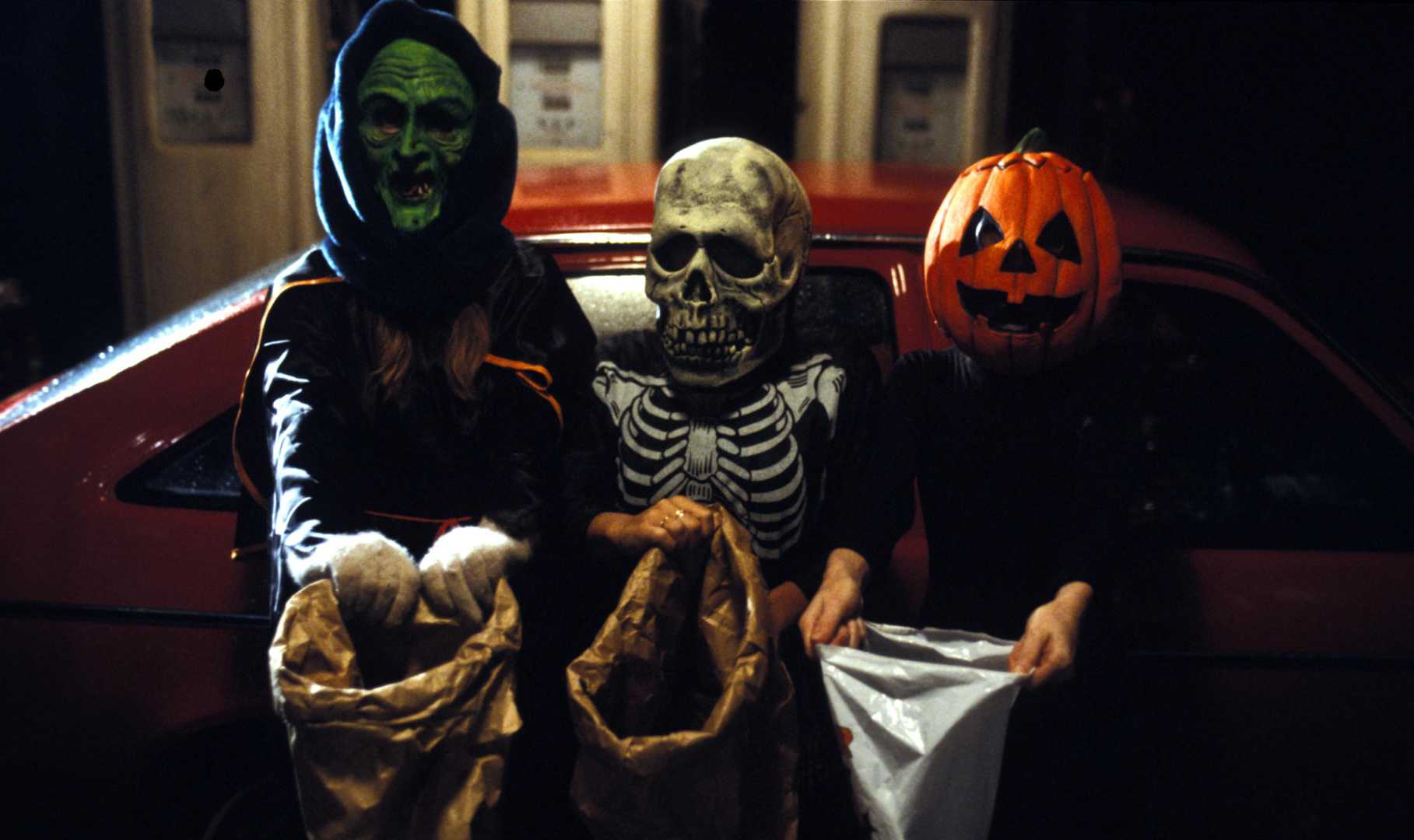Entertainment
Exploring the Legacy of Halloween III: Season of the Witch

LOS ANGELES, CA — Halloween III: Season of the Witch, released in 1982, remains one of the most controversial entries in the Halloween franchise. While the original Halloween was celebrated for its innovative approach to horror, the sequel took a surprising turn by not featuring the iconic character Michael Myers.
Director John Carpenter initially thought of Halloween as a simple, yet unique film. He and his team, including first-time star Jamie Lee Curtis, infused a sense of authenticity into the production, making it a team effort that led to its massive success. However, this success left many involved with the project grappling with the pressures of a sequel.
Tommy Lee Wallace, who had various roles in the original Halloween, including designer of the infamous mask, was approached to direct Halloween II. He declined, indicating a disinterest in exploring the same story further. Carpenter and producer Debra Hill returned, working on a script dubbed as fueled by a long night and a Budweiser, but without the same passion as the original.
The plot of Halloween II left Michael Myers seemingly defeated after being set ablaze, which posed a challenge for future installments. Thus, Halloween III was envisioned as a standalone film with a different narrative focus, marking a departure from the traditional slasher theme. Wallace, along with Carpenter and Hill, crafted a story centered around the commercialization of Halloween.
Halloween III follows Dr. Dan Challis, played by Tom Atkins, who dives into a sinister conspiracy involving the Silver Shamrock mask company. The movie critiques how Halloween is marketed, contrasting sharply with the more intimate focus on community seen in the first two films. With a relentless advertising push seen throughout the film, the masks take center stage, highlighting consumerism and corporate greed.
Cochran, the villain played by Dan O’Herlihy, aims to use the power of ancient magic to unleash chaos upon children due to his disdain for modern Halloween celebration. His motive is emphasized in chilling speeches and interactions with Challis, revealing a deeper commentary on the loss of traditional values associated with the holiday.
The film’s narrative takes dark twists, presenting a detective-like story that delves into greed, manipulation, and the horrific potential behind innocent traditions. As the plot unfolds, challenges arise for Challis, whose complacency in the commercialization of the holiday crumbles as he learns the truth about Silver Shamrock’s deadly giveaway.
While initially dismissed by audiences, Halloween III has gradually gained a cult following, praised for its unique approach and satirical commentary. The film stands as a bold experiment that deviated from the series’ formula, focusing instead on a broader critique of how holidays are commercialized. This lingering impact of Halloween III reflects ongoing conversations about consumer culture, making it a fascinating piece of film history.
In the end, the film’s legacy serves as a reminder of the darker consequences of commercialism during one of the most celebrated holidays, culminating in a dramatic revelation for its protagonist that transcends mere horror.












